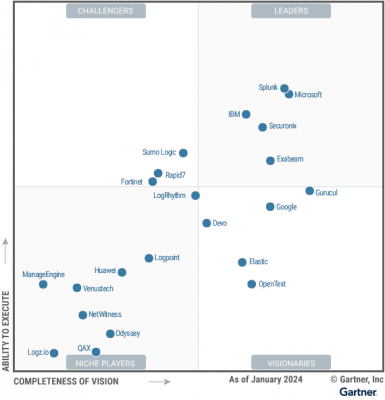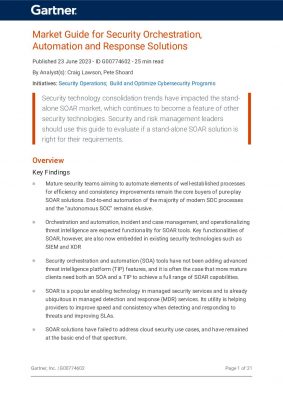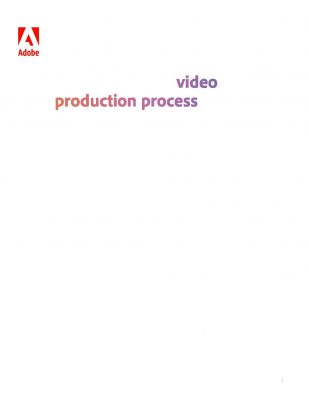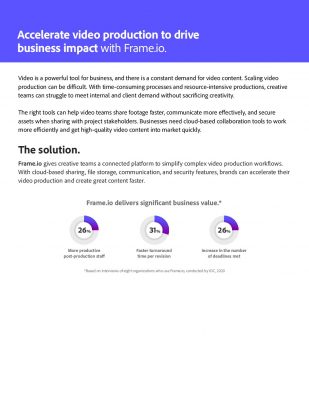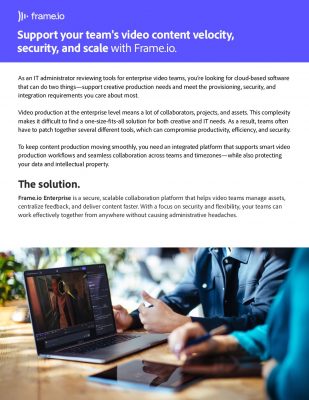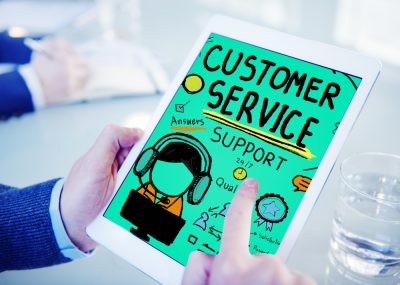Highlights:
- By building B2B apps, you empower other businesses to effectively manage their operations and achieve optimal performance, ultimately driving success in the competitive corporate landscape.
- Simplifying complex business information and presenting it in a manner that is simple to navigate on mobile apps has become a part of the evolving user experience.
In the rapidly evolving business world, B2B mobile marketing apps have emerged as indispensable tools for growth and success. These powerful applications enable businesses to connect with their target audience, streamline operations, and unlock new opportunities.
But what exactly is a B2B mobile marketing app? In the next section, we’ll delve into the essence of these apps, exploring their features, benefits, and the transformative impact they can have on your B2B marketing strategies.
B2B Mobile Marketing App
In B2B, the focus is on creating apps that cater specifically to other businesses. These apps are designed to enhance efficiency, enabling companies, staff, or offices to streamline their operations and elevate their work-related tasks. By building B2B apps, you empower other businesses to effectively manage their operations and achieve optimal performance, ultimately driving success in the competitive corporate landscape.
While anyone can download some B2B apps, others are only for private use. It’s important to note that there are numerous varieties of B2B applications. Popular B2B apps that handle user pain points or resolve business issues include Asana, LinkedIn Pulse, Salesforce Mobile App, and Google Analytics.
Standalone apps for internal company procedures, such as workflow automation or employee communication, can also be created. The smartphone application is considered a B2B app as long as it was created with businesses or business users in mind rather than consumers in general.
Advantages of B2B Mobile Apps
The advantages of having B2B mobile apps are numerous. They are primarily concerned with improving teamwork and operational excellence. The major of these are as follows:
- Accessibility and control
Business owners can remain in touch with the team while on the go and still be able to track the status of their projects, ensuring that their operations continue. You can simultaneously be at two places due to a program. You can keep track of all the projects underway in your business, keep up with the workflow, and handle everything down to the individual tasks given to your employees.
- User-friendly with a simple and engaging interface
Mobile applications help the environment by reducing the amount of paper used in business operations. Digital documents, screenshots, screen-sharing, and other features become more valuable when exchanging information across your cloud-based network, reducing the time and effort required in a workflow. Most mobile apps are developed using agile techniques, making them even simpler to manage and use.
- Real-time team collaboration
B2B mobile apps make it simpler to operationalize tasks because they enable real-time updates from every team member due to their cloud-based architecture. Additionally, it enables better team collaboration by allowing users to sign in from various devices and synchronizing the information from all team members.
- Active user monitoring
It enables you to evaluate the number of users regularly using your app every day. This is a crucial engagement measure because it will let you know which user groups are most and least interested in your product. You can direct specific actions to boost client engagement based on this data.
- In-app user feedback
You can monitor user activity through app analytics to determine how well-equipped its operations are. You can use that as in-app feedback if they become stuck or cannot find the features independently. You might consider enhancing the user experience, positioning the function in a more intuitive location, or changing your dashboard. The user experience viewpoint offers a wealth of similar observations that you can use to improve the functionality of your product.
- Scalability
Your business can expand more quickly if you create B2B software. Whether you’re using the app internally or externally, this is accurate.
You may find automating, streamlining, or otherwise enhancing tedious business processes with internal B2B applications simpler. For example, let’s assume you plan to hire several new employees in the next few months. This procedure will be significantly simplified by having an employee tool for onboarding, internal training, and HR resources.
- Analytics
You can quickly obtain real-time data with B2B apps. You can more easily make better business decisions and improvements with the help of this knowledge.
You’ll gain more knowledge about user actions and program usage patterns. You can modify the app per this data to improve conversion.
Sometimes there are many similarities between the consumers, but mobile device differences are more common. This information is essential for enhancing your overall business objectives and ensuring your strategies reach the correct audience.
- Streamlining operations
This very advantage is worth mentioning as it exhibits the features of most other advantages discussed before. The benefits of communication, analytics, support, teamwork, and efficiency all contribute to streamlining your company’s processes.
Here, the goal is to streamline or remove any extraneous steps from a specific process or initiative. The possibilities are endless when using mobile applications to operate in a more contemporary manner.
As we explore the benefits of B2B mobile apps, it’s crucial to understand the key distinctions that set them apart from webpages, unveiling their unique advantages and functionalities.
Difference Between B2B Mobile Apps and Webpages
Organizations used to conduct all business activities on a desktop for a long time. The smartphone revolution has significantly altered the usability environment. Due to smartphones’ numerous advantages, customers demand more products to be accessible over phones than on desktops.
However, it has become difficult for mobile app designers and developers to provide the same level of information on mobile apps as on web apps due to the comparatively much smaller mobile screen size, which ranges from 4 to 7 inches.
Simplifying complex business information and presenting it in a manner that is simple to navigate on mobile apps has become a part of the evolving user experience. Compared to desktop apps, users have far fewer choices for interaction on mobile apps.
Due to the larger screen size, typically 10 to 17 inches, desktop windows allow users to double-click, use keyboard commands, open a broader menu, and browse a much greater variety of content. These interactions are incredibly brief in a smartphone app because they only use touch, swipe, and hold commands.
A good mobile app development firm must consider this and develop strategies for producing the information and functional features comprehensively on a simpler, smaller screen.
Conclusion
The demand for B2B applications is spurring enormously. Hailing from the B2B domain, you should consider adopting a mobile app to remain ahead of the curve.
Every business department—CRM, services, data administration, content management, and marketing automation—can be migrated to a mobile app.
By utilizing the potential of mobile technologies, businesses and customers are becoming more tech-savvy, flexible, and collaborative. Therefore, if you have not yet made this change, it is recommended to quickly adopt the reliable B2B mobile marketing app that best suits your business requirements.





